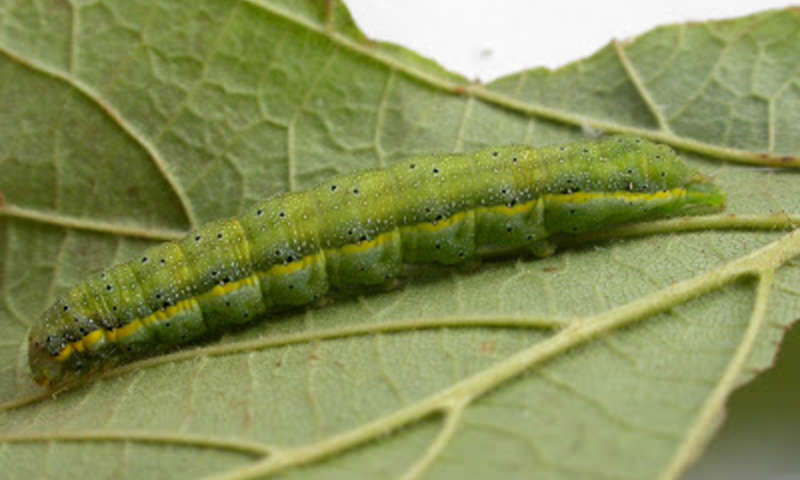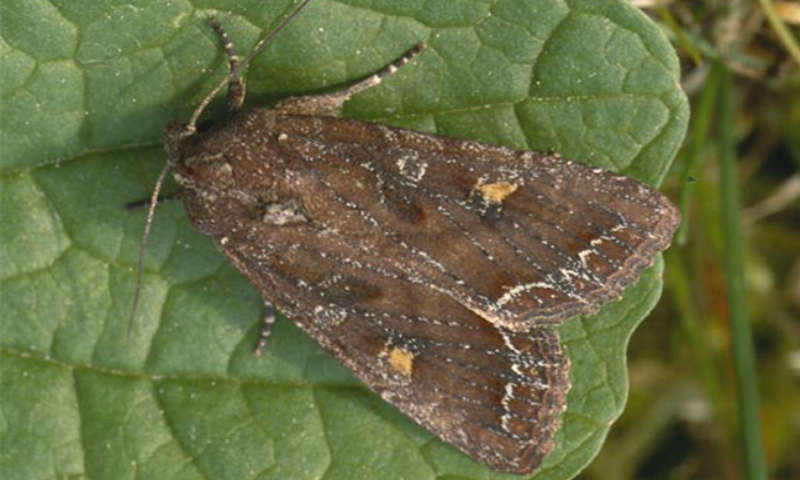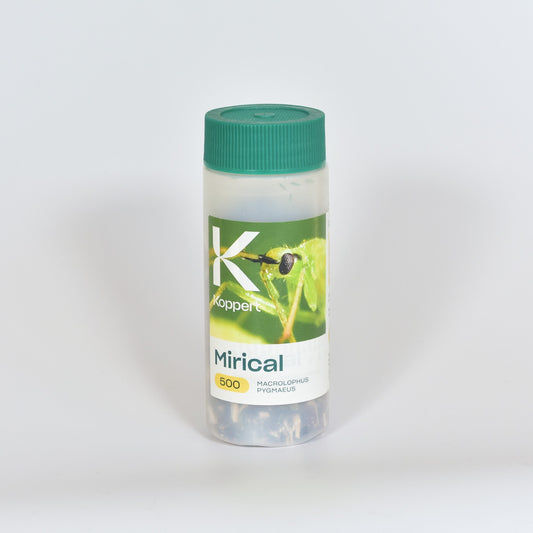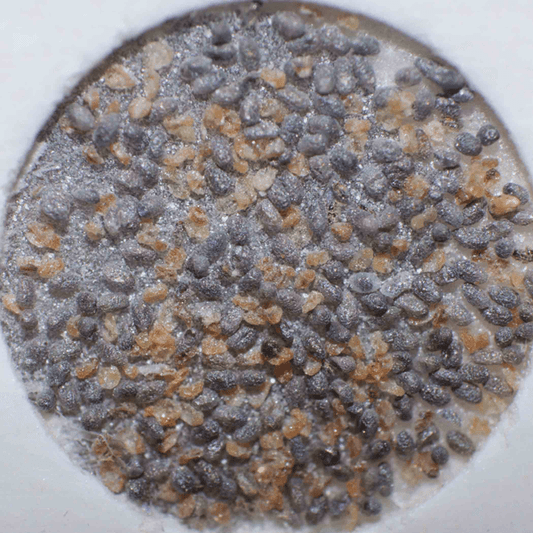
How to recognize bright-line brown-eye
This moth is red brown with striking, kidney-shaped spots on the front wings. Along the back edge a thin white, W-shaped line is visible. The wingspan is 40 mm. Eggs are light yellow with a white net-shaped brown pattern. The spherical eggs are found in groups of 50-300 eggs on the underside of leaves. Sometimes multiple layers of eggs are placed on top of one another. After hatching, caterpillars stay together and only spread across the plant when older. The caterpillar can grow to 45 mm in size and have 4 prolegs. Their body varies from green to brown, depending on food and developmental stage. Often caterpillars have light yellow stripe a long both sides of the body. The head is yellowish brown or greenish brown with a light pattern. Pupation happens in hidden places like, just below the soil. Both caterpillars and moths are nocturnal. The species overwinters as pupae in the soil.
Bright-line brown-eye damage and distribution
The caterpillars, which are nocturnal, cause major feeding damage in greenhouse crops.
Products against Bright-line brown-eye
-
Bright-line brown-eye life cycle
spherical eggs in large groups
caterpullars occur from July until October
overwinters as pupa in soil
two generations per year -
Bright-line brown-eye host plants
egg plant, tomato, cucumber, paprika
cabbage, lettuce, apple
cut flowers, such as chrysanthemum and rose
many other herbaceous plants, shrubs and trees
-

Bright-line brown-eye caterpillar
-

Bright-line brown-eye





